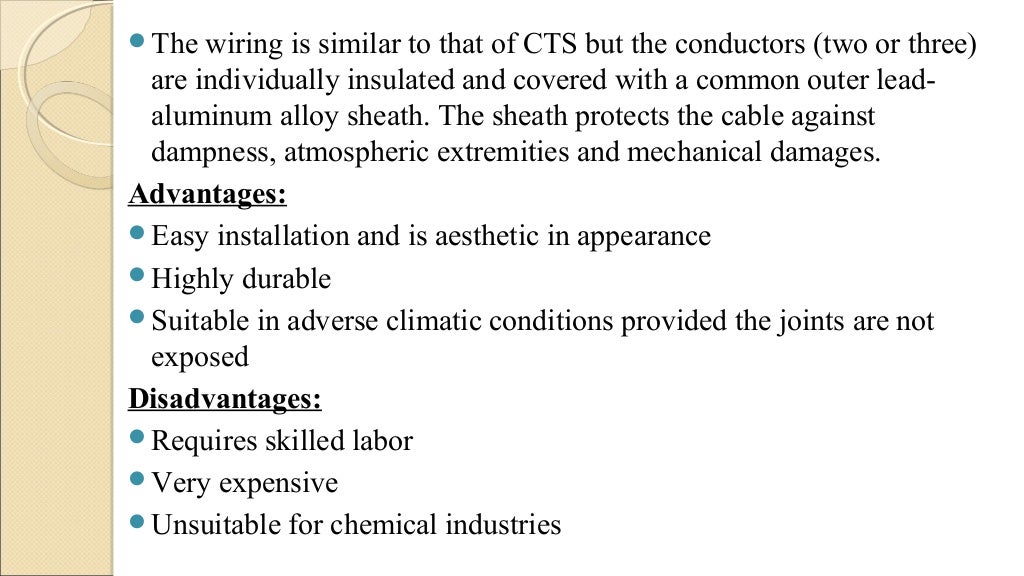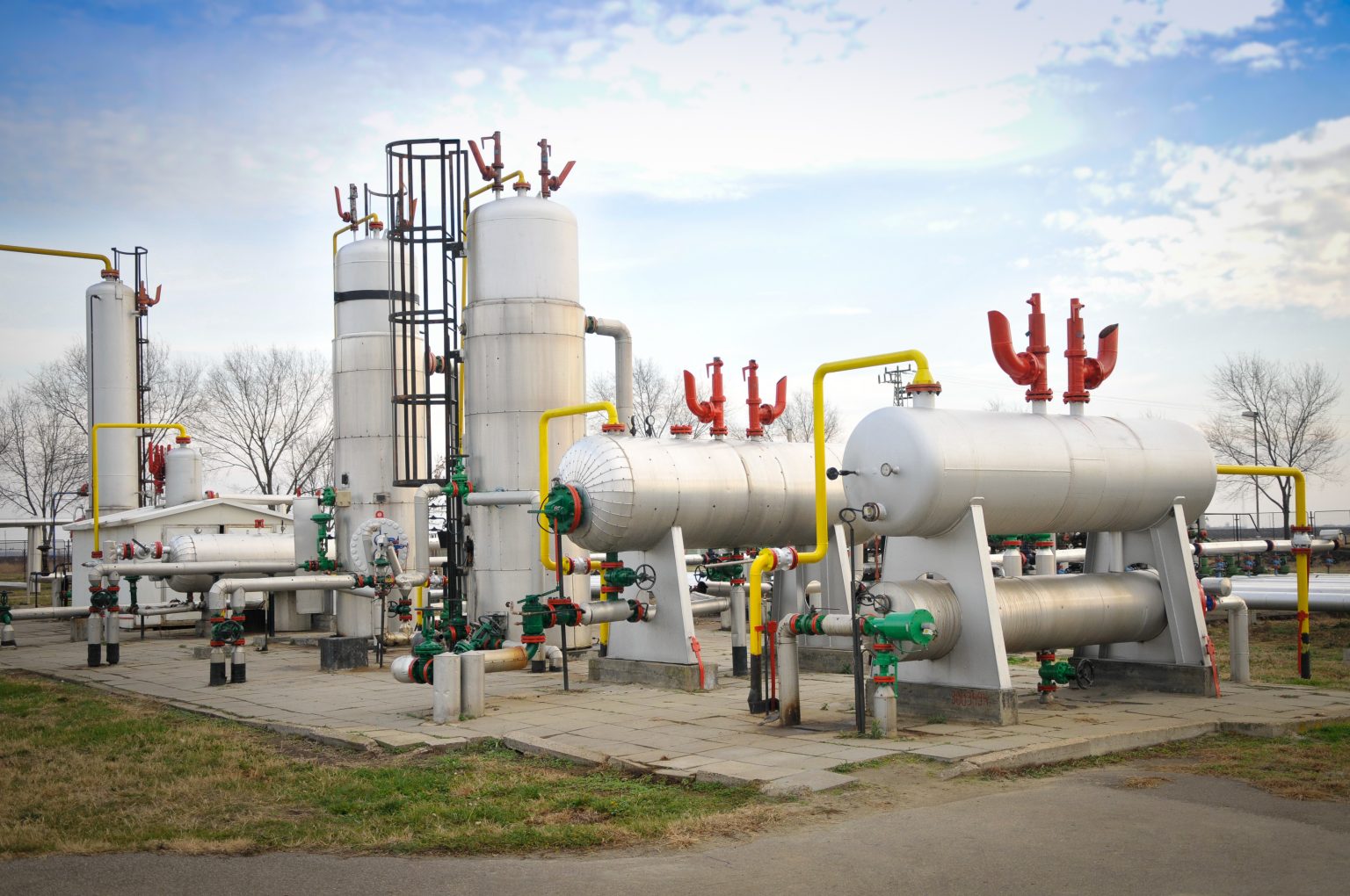What Are The Key Principles Of Electrical Safety In High-power Electrical Installations?
In today's fast-paced world, workplace safety has become an increasingly important concern. Electrical safety, in particular, is an aspect that cannot be ignored. A comprehensive electrical safety program is essential for ensuring the well-being of employees and avoiding any mishaps in the workplace. In this post, we will delve into the five key principles that make up a robust and effective workplace electrical safety program. 1. Risk Assessment The first step in ensuring electrical safety at the workplace is identifying and assessing potential risks. This involves evaluating the electrical infrastructure of the workplace and identifying any potential hazards that could pose a risk to employees. Risk assessment should cover all aspects of the electrical system, including equipment, tools, wiring, and circuit breakers. Any potential hazards identified during the assessment should be remedied immediately to avoid any potential dangers. 2. Employee Training An effective electrical safety program should include comprehensive employee training. This training should cover the basics of electrical safety and must be made mandatory for all employees. All workers should be educated on safe work practices and how to identify and avoid electrical hazards. They should also be trained to use electrical equipment correctly and safely. 3. Proper Maintenance Regular maintenance of all electrical equipment is essential for preventing accidents and ensuring electrical safety. This includes regularly checking the wiring, circuit breakers, and other components of electrical systems. All equipment should be regularly inspected and tested to ensure compliance with safety regulations. Regular maintenance also ensures that all equipment is kept in optimal working condition, reducing the risk of any breakdowns or electrical malfunctions. 4. Appropriate Personal Protective Equipment (PPE) Personal Protective Equipment, or PPE, is essential in ensuring the safety of workers who are exposed to electrical hazards. Employers must provide appropriate PPE such as safety gloves, hard hats, and safety glasses to all employees. PPE should be correctly fitted and maintained to ensure its effectiveness. Employees must ensure that they wear PPE at all times when working with electrical equipment to minimize any potential risks. 5. Compliance with Safety Regulations All employers must comply with local safety regulations pertaining to electrical safety in the workplace. Electrical systems must be designed and installed in compliance with national and local electrical safety codes. Employers must also keep up-to-date with any changes in safety regulations and make necessary changes to their safety program to ensure compliance. In conclusion, a comprehensive electrical safety program is critical to ensuring employee safety and avoiding potential accidents in the workplace. Risk assessment, employee training, proper maintenance, appropriate personal protective equipment, and compliance with safety regulations are all important components of an effective electrical safety program. It is the responsibility of all employers to prioritize the safety of their employees and implement a robust safety program to minimize any potential risks. 
na.bhs1.com - principles
Read also




Post a Comment for "What Are The Key Principles Of Electrical Safety In High-power Electrical Installations?"